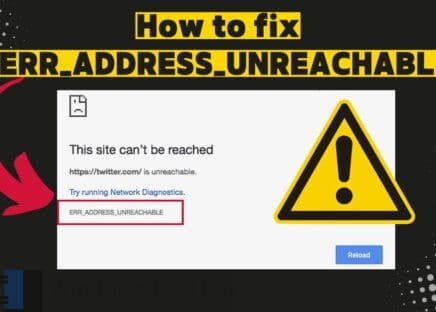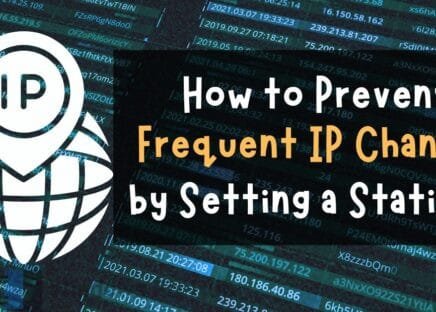Speed up your internet & hide your online presence with Express VPN <- FREE Trial
When you try to connect to a wireless network in Windows, the connection may be successful most of the time (yay!). However, there may be some times when it is stuck on “checking network requirements”. This is especially common when connecting to a mobile hotspot.
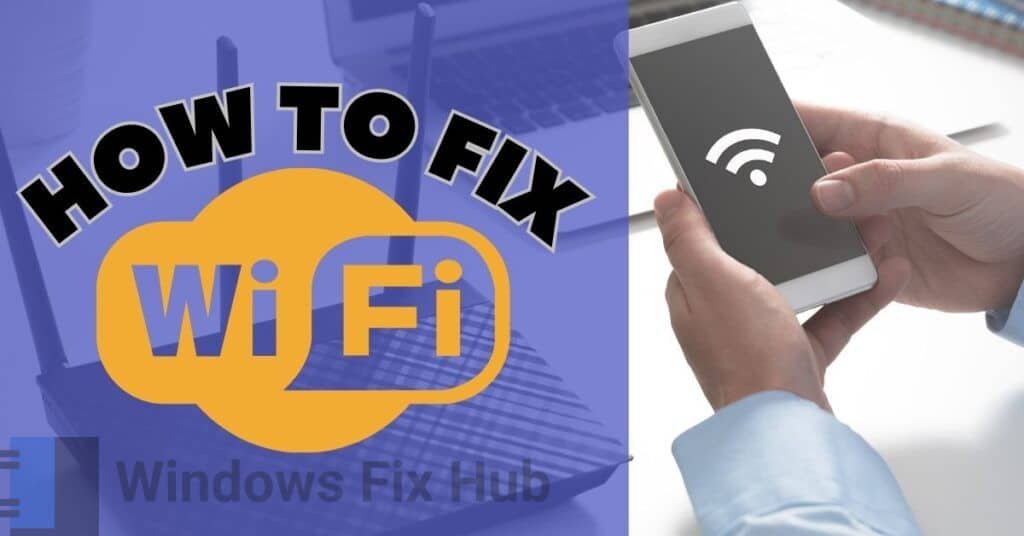
Unfortunately, this is a common issue in Windows that affects users from all around the world. Driver issues, firewall restrictions, wireless adapter problems, and network glitches can cause it.
These problems can cause other networking issues; the most prevalent are:
- ‘WiFi doesn’t have a valid IP configuration‘
- Frequent WiFi disconnections
- Missing WiFi options from the taskbar
However, there are multiple workarounds to fix this. Let’s get right to them and see how you can fix your Wi-Fi and get rid of the message “checking your network requirements” to successfully browse, play games, or work.
Read on…
TL;DR: Fix Wi-Fi Stuck on ‘Checking Network Requirements’ Message
These are the quick steps you can take right away, without reading the full guide. In most cases it works great for majority of users:
- Use the Network Adapter Troubleshooter
- Update the Network Adapter Drivers
- Temporarily Disable All Antivirus and Firewall programs
Below, we’ll talk in-depth how you can apply these steps as well as others that are not mentioned elsewhere.
Get Rid Of ‘Checking Network Requirements’ [3 QUICK Ways to Resolve]
If you are also seeing the “checking network requirements” message on your PC, here are some easy ways to resolve this issue:
Method 1: Use the Network Adapter Troubleshooter
Windows comes with a number of built-in troubleshooters to help automatically identify and resolve issues in various functions. We also have a guide if you experience ‘There Might Be a Problem with the Driver for WiFi Adapter’ issue.
Luckily, there is also a built-in troubleshooter for the Network Adapter. Here’s how you can use it:
- In ‘Windows Search’, type and enter “Troubleshoot”.
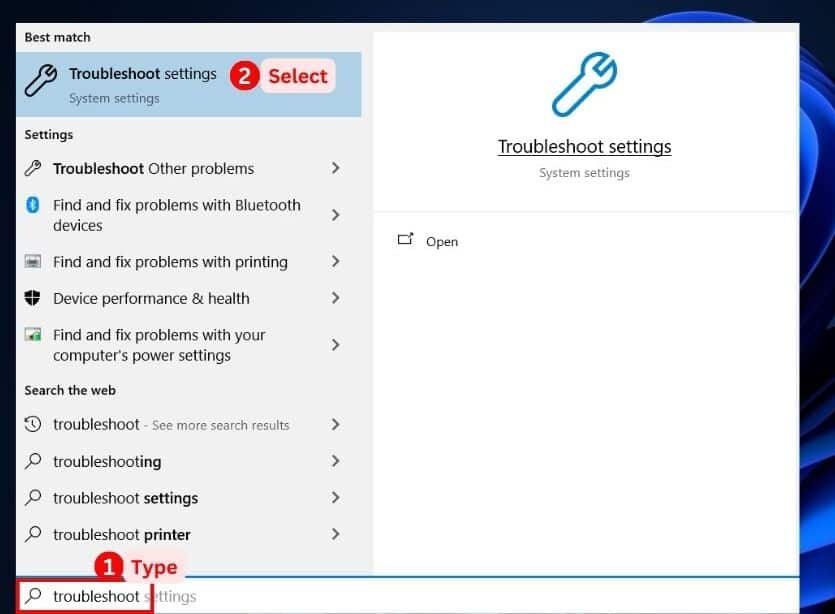
- Select “Additional troubleshooters”/”Other troubleshooters”.
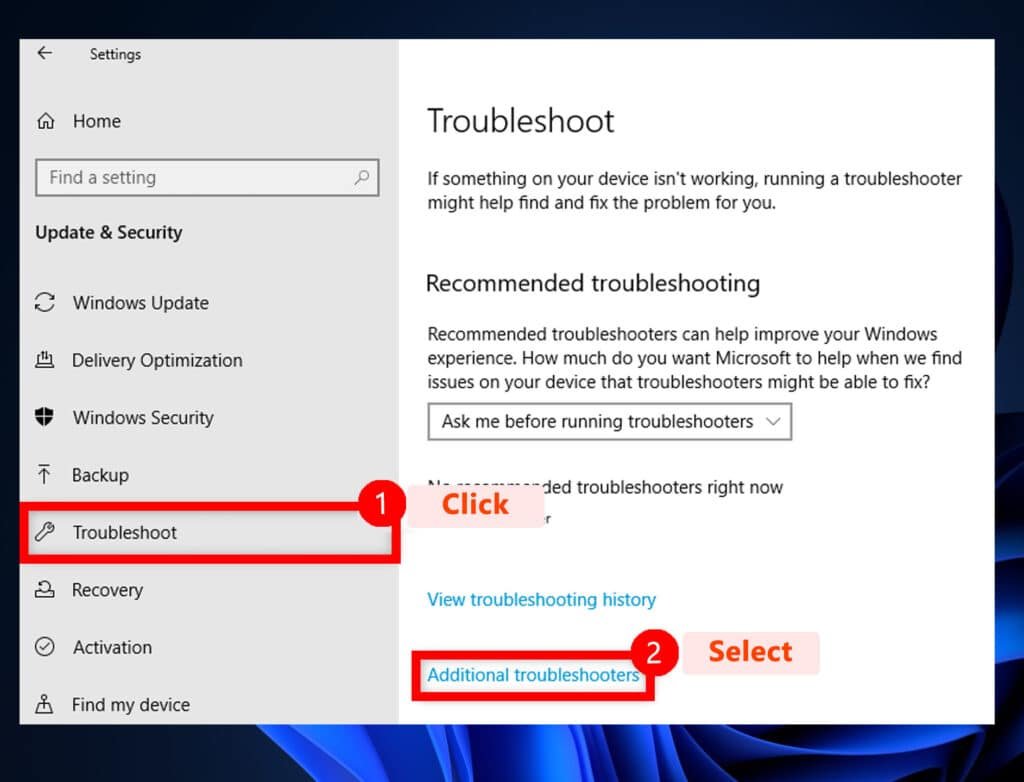
- Scroll down and click on “Internet Connections”.
- Select “Run”/”Run the troubleshooter”.
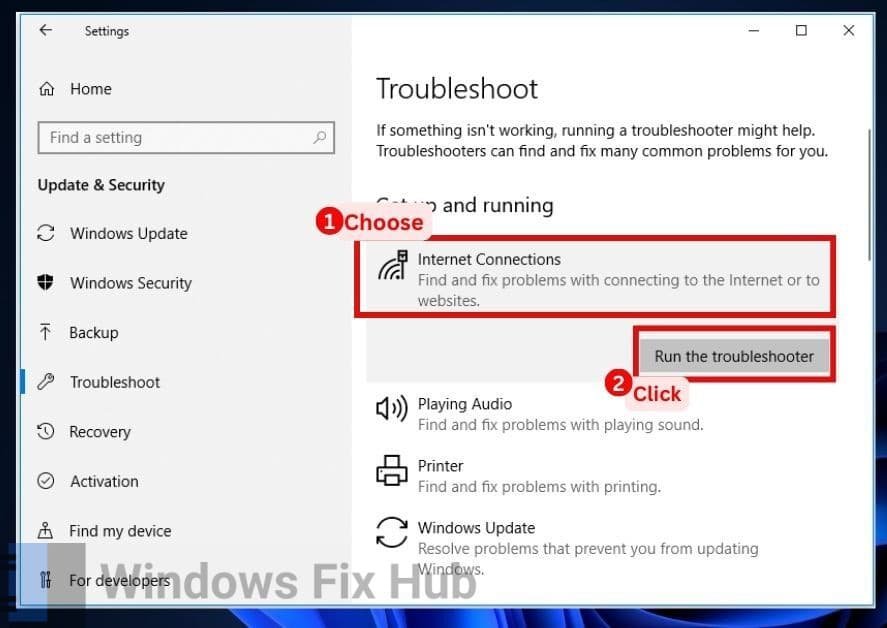
- Wait until the process is finished.
- Now run the “Incoming Connections” and the “Network Adapter” troubleshooters.
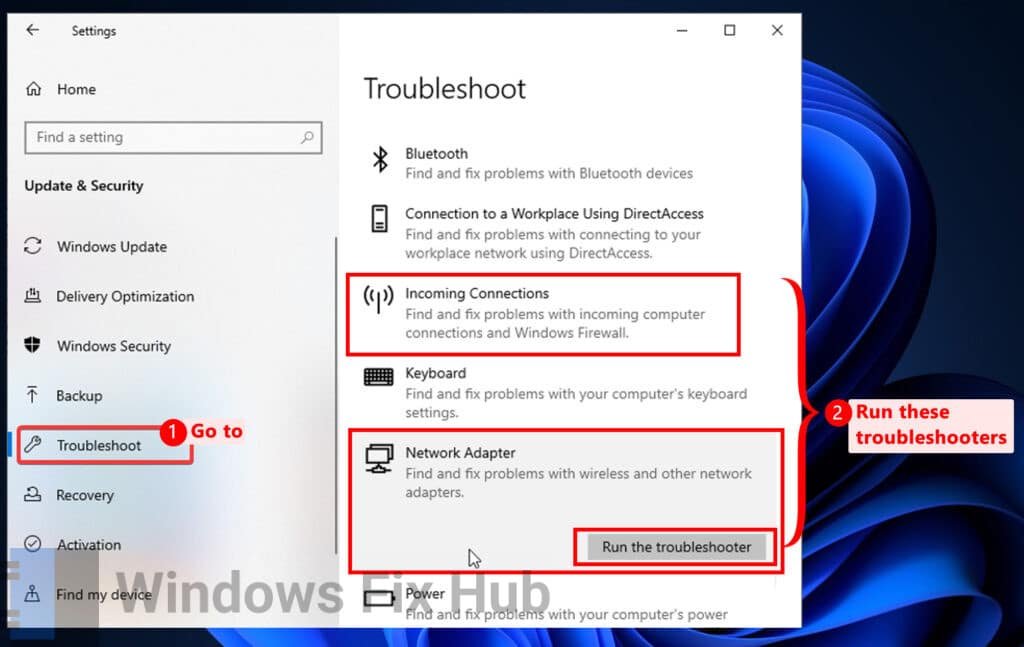
Once you have run all the troubleshooters, the “checking network requirements” message will hopefully be gone.
Method 2: Disable Antivirus and Firewall Protection
Sometimes, your antivirus and firewall programs can interfere with your network connections (annoying, I know). You can try temporarily disabling them to check if they’re the culprit.
- On your keyboard, press the ‘Win + S’ keys to open “Windows Security”.
- Go to the left sidebar in “Windows Security” and go to “Virus & Threat Protection”.
- Now click on “Manage settings” and then disable all the options.
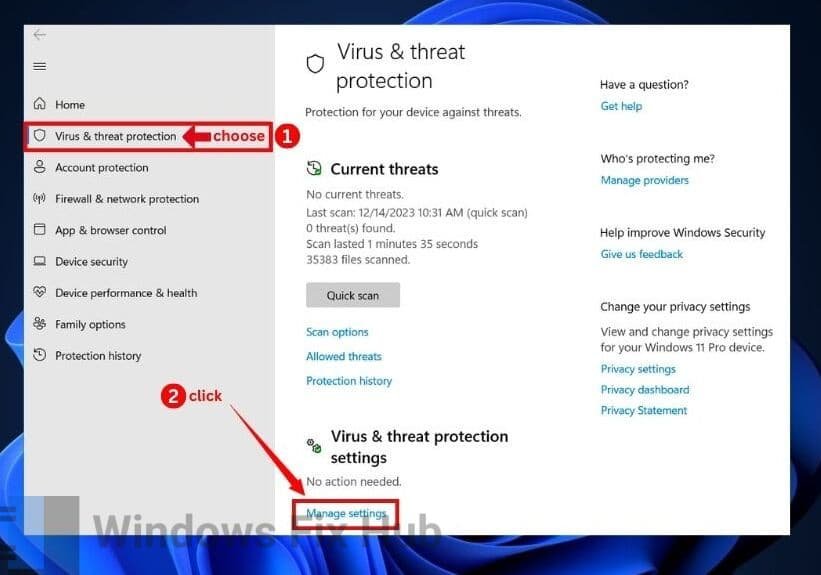
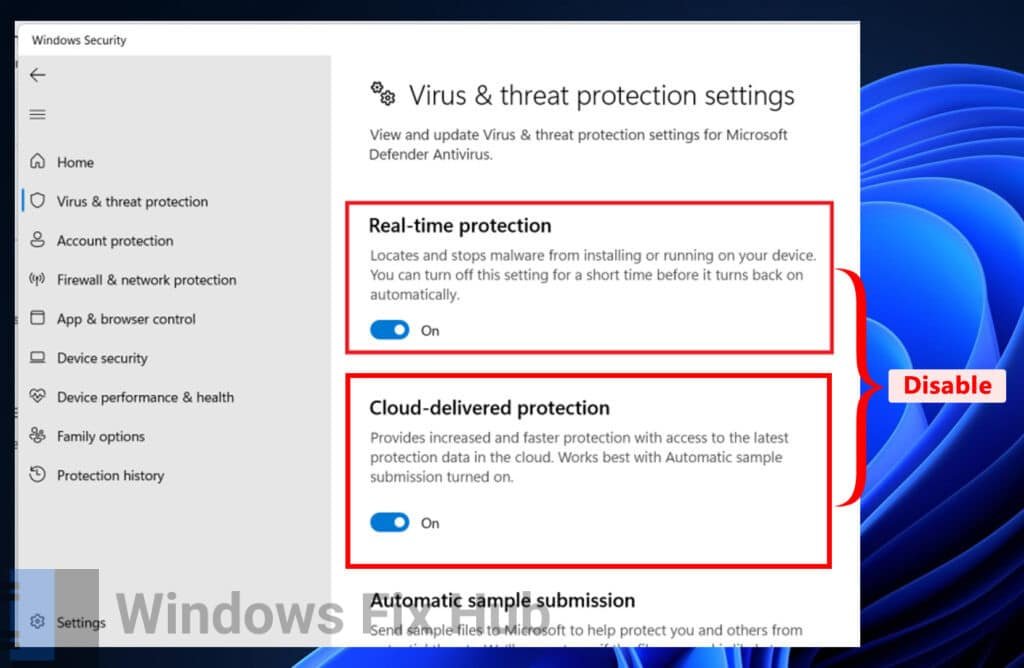
- Now go to “Firewall & Network Protection” and select the active connection.
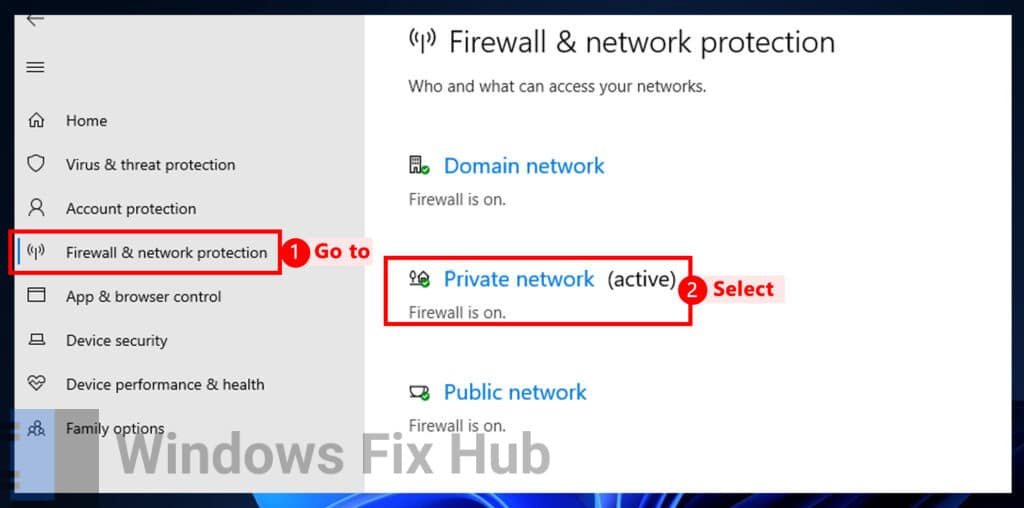
- Finally, disable “Windows Firewall”.
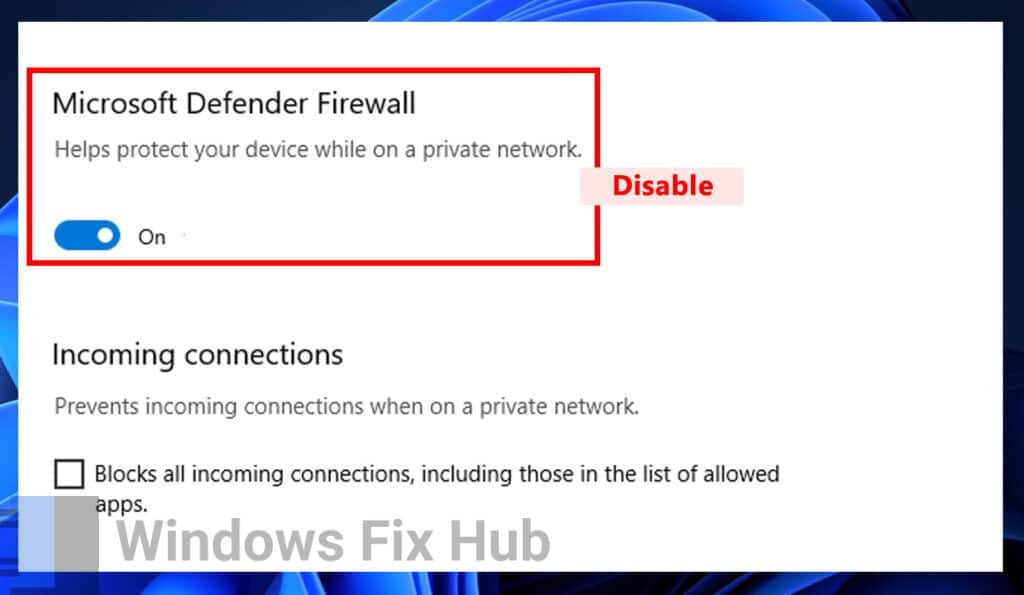
- If this resolves the issue, try switching to another antivirus program.
Method 3: Update the Network Adapter Driver
Sometimes, an outdated Network Adapter driver can prevent you from successfully connecting to the Wi-Fi.
Here’s how you can update the Network Adapter driver:
- On your keyboard, press the ‘Win + X’ keys.
- Now select “Device Manager”.
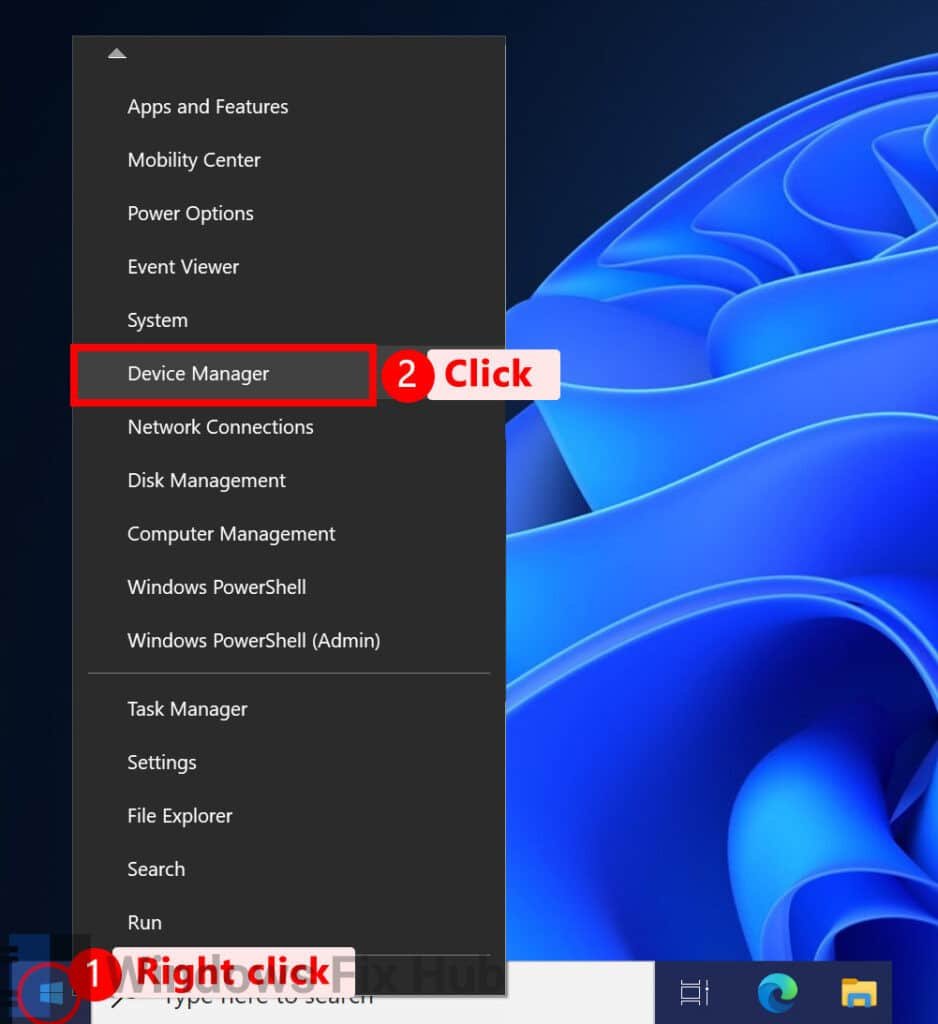
- Expand the “Network adapters” option.
- Right-click on your network adapter and select “Update Driver”.
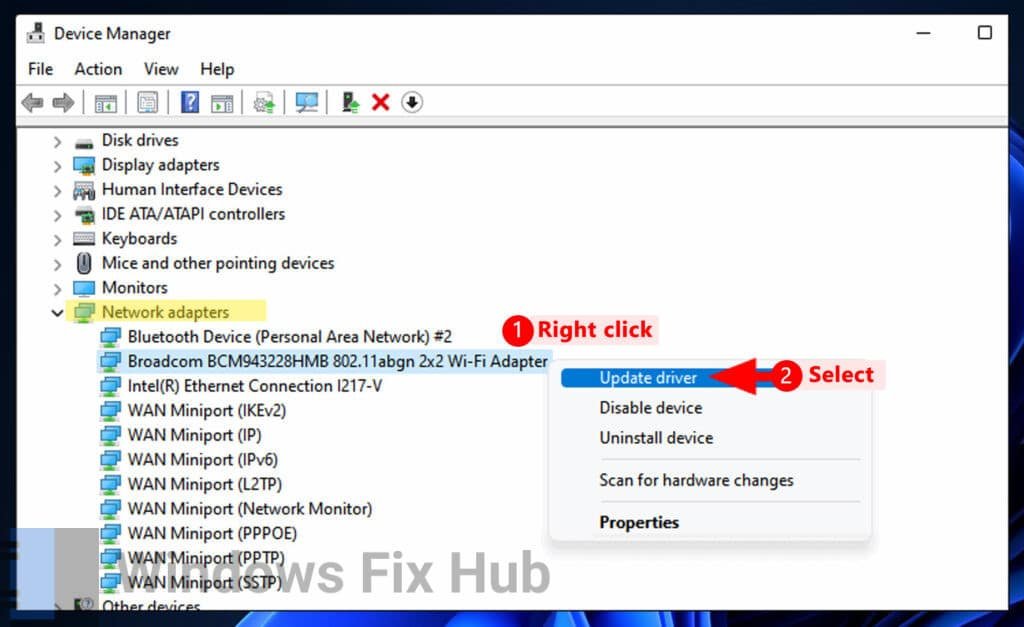
- Select the Search automatically for drivers option and follow the on-screen instructions.
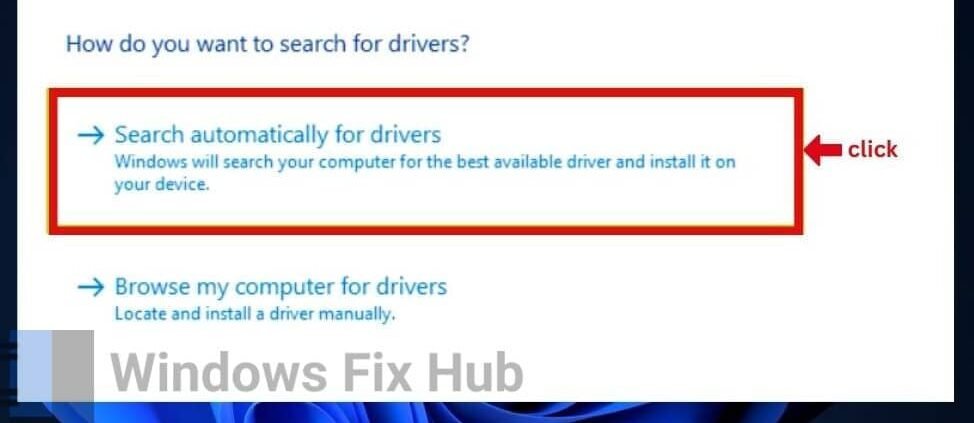
Once the driver is updated, you will successfully be able to connect to Wi-Fi (hopefully).
1 Advanced Way to Resolve The Error
If you have already tried updating the network adapter drivers, disabling antivirus, and using the built-in troubleshooters and the issue still persists, try using PowerShell commands.
Adv. Method 4: Use PowerShell to Fix It
Windows PowerShell is a handy tool that automates various systems using commands. Here’s how you can use PowerShell to fix your Wi-Fi:
- On your keyboard, press the ‘Win + X’ keys.
- Now select “Windows PowerShell (Admin)” from the resulting list.
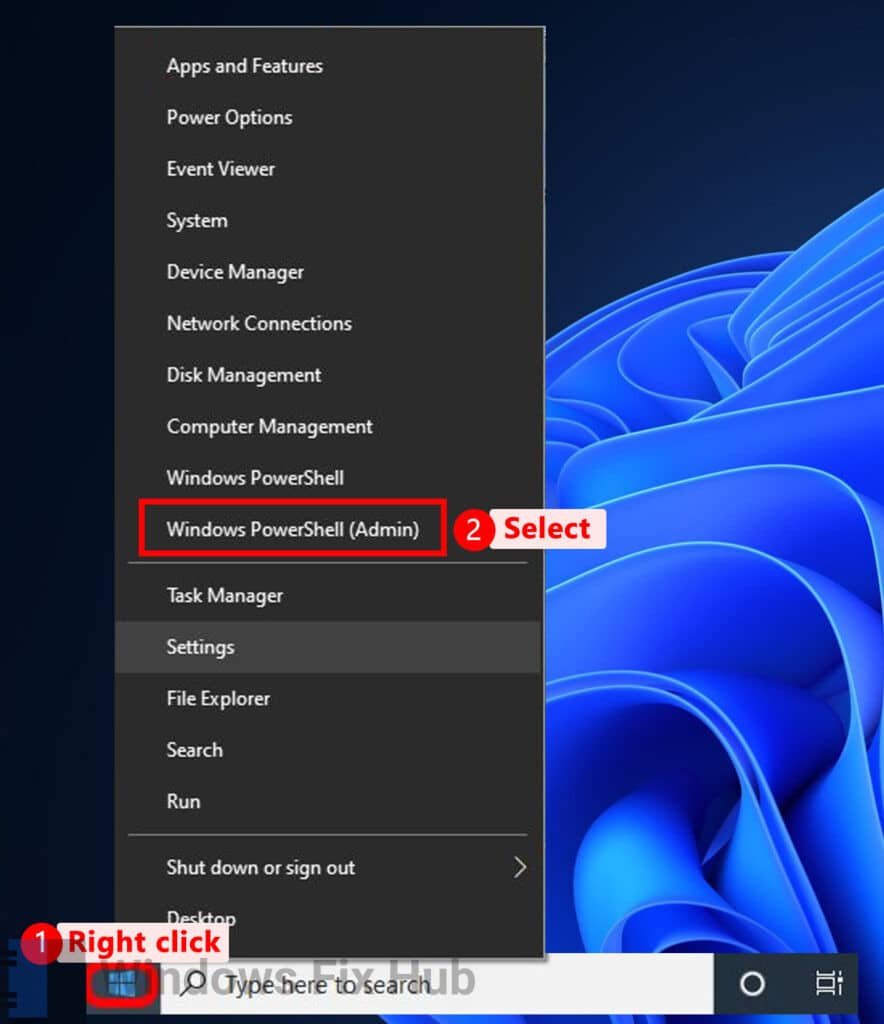
- Run the following commands in “PowerShell” and press ‘Enter’:
netsh winsock reset
netsh int ip reset
ipconfig /release
ipconfig /renew
ipconfig /flushdns
- Now close “PowerShell” and retry connecting to the network. The problem will now be resolved.
Good luck fellas. Happy browsing!
ExpressVPN is a top-notch virtual private network used by millions of people worldwide.
It’s a “must-have” for every PC or MAC user who cares about their online privacy & security:
- It blocks annoying and malicious ads;
- Stops viruses during online downloads;
- It hides your identity from hackers, trackers, and even the Government!
- Unblocks GEO-restricted content.





